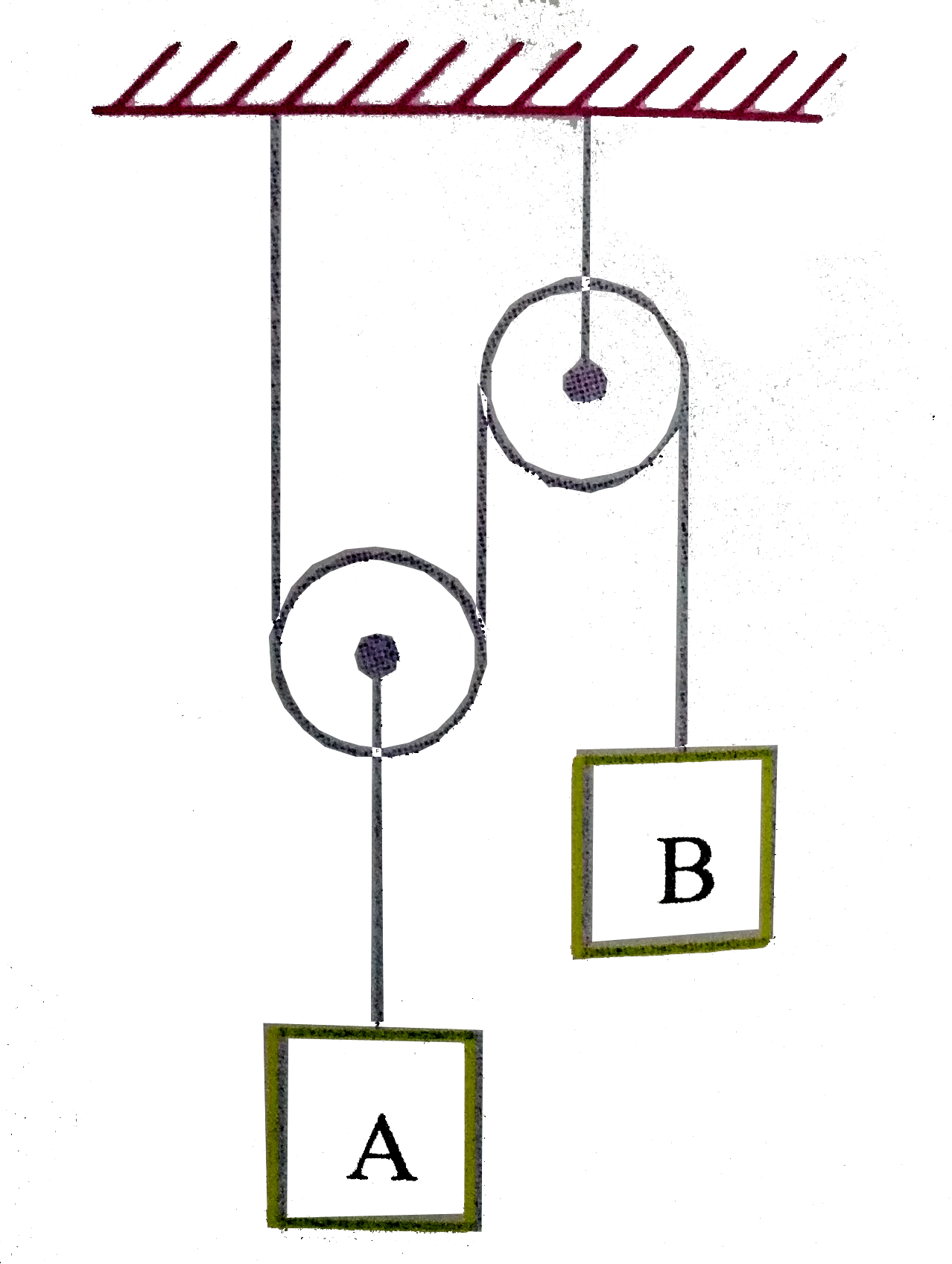Text Solution
Verified by Experts
The correct Answer is:
Topper's Solved these Questions
Similar Questions
Explore conceptually related problems
NARAYNA-WORK POWER AND ENERGY-Level-V (Integer)
- Block A has a weight of 300 N and block B has weight 50 N. Calculate t...
Text Solution
|
- A particle of mass m moves along a circle of radius R with a normal ac...
Text Solution
|
- Two blocks A and B are connected to each other by a string and a sprin...
Text Solution
|
- A small block is given a velocity v from point A. Given x = 3R,R = 20 ...
Text Solution
|
- A particle is projected along the inner surface of a smooth vertical c...
Text Solution
|
 .
.